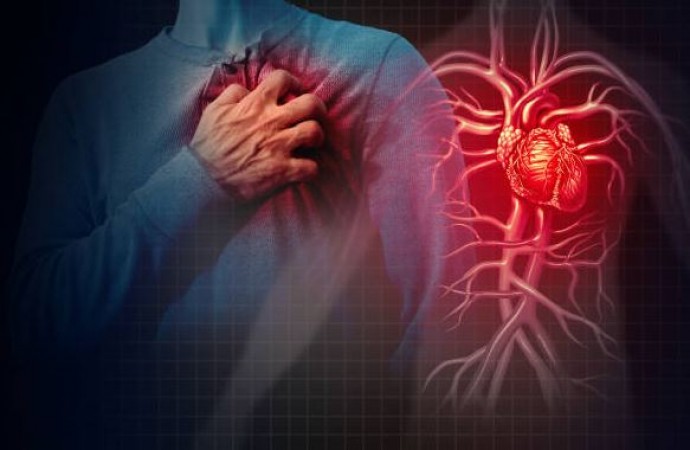
A heart attack is a medical emergency that occurs when blood flow to a part of the heart muscle becomes blocked, typically due to a blood clot. Time is of the essence when it comes to dealing with a heart attack, as immediate action can significantly increase the chances of survival and minimize long-term damage to the heart. In this article, we will explore the importance of quick intervention after a heart attack and the steps that can be taken to save lives in such critical situations.
1. Recognizing the Signs of a Heart Attack
Understanding the Symptoms
Educating yourself and others about the common symptoms of a heart attack is crucial. These may include chest pain or discomfort, shortness of breath, lightheadedness, cold sweats, and pain or discomfort in the arms, back, neck, jaw, or stomach.
Act Promptly on Suspicion
If you suspect someone is experiencing a heart attack, do not delay seeking medical help. Call emergency services immediately to ensure timely assistance.
2. Administering CPR (Cardiopulmonary Resuscitation)
Learn CPR Techniques
Acquiring knowledge of CPR can be invaluable in emergencies. Enroll in a CPR training course to understand how to perform chest compressions and rescue breaths correctly.
Begin CPR Immediately
If the affected person is unresponsive and not breathing normally, start CPR until professional medical help arrives.
3. Chewing Aspirin for Immediate Relief
Aspirin's Role
Chewing an aspirin tablet at the onset of a heart attack can help prevent blood clotting and improve blood flow to the heart.
Check for Allergies
Ensure the affected person is not allergic to aspirin before administering it.
4. Stay Calm and Provide Reassurance
Keeping Calm
In a high-stress situation, it's essential to remain as calm as possible to make rational decisions and provide support.
Offer Reassurance
Comfort the individual experiencing the heart attack and reassure them that help is on the way.
5. Use an Automated External Defibrillator (AED)
Understanding AEDs
If an AED is available, use it as directed to help restore the heart's normal rhythm.
AED Training
If possible, take a course on AED usage to be prepared to act swiftly in case of an emergency.
6. Follow Medical Instructions
Post-Heart Attack Care
After the initial intervention, follow the medical professionals' instructions for further treatment and recovery.
Adopt Heart-Healthy Habits
Encourage the individual to make lifestyle changes, such as maintaining a balanced diet, engaging in regular exercise, quitting smoking, and managing stress.
A heart attack is a life-threatening event that requires immediate attention and action. Recognizing the symptoms, calling for emergency help, administering CPR and aspirin, staying calm, and utilizing available medical resources like AEDs can make a significant difference in saving lives. Every minute counts in a heart attack situation, and swift intervention can increase the chances of survival and promote better heart health in the long run.
Surprising Potential of Red Wine: Can It Truly Cure Anxiety and Depression?
Optimal Fasting Durations for Maximum Health Benefits
World Bank Group: Supporting Developing Nations with Financial and Technical Assistance